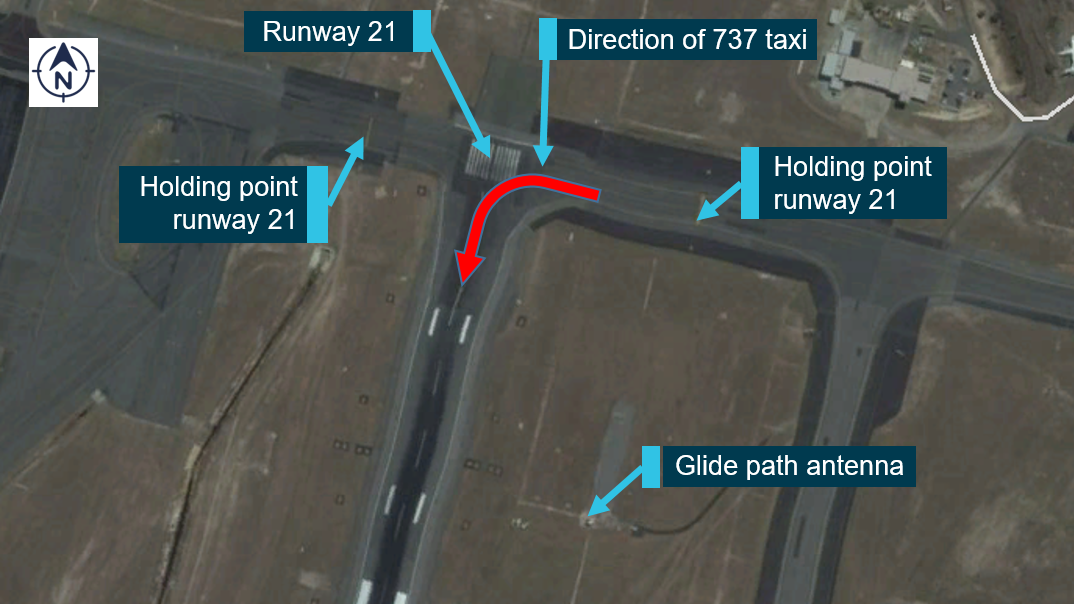
High workload likely delayed a Boeing 787 flight crew’s response to an abnormally high rate of descent while conducting an instrument landing system (ILS) approach to land at Perth Airport, prompting a ‘glideslope’ alert from the aircraft’s enhanced ground proximity warning system (EGPWS).
During the approach, the Scoot Airlines Boeing 787-9’s autopilot flight director system (AFDS) entered a degraded mode and presented the crew with information that they erroneously believed represented the glideslope. The crew followed the displayed information, which resulted in a descent below the designed approach path and the subsequent activation of the EGPWS ‘glideslope’ alert. The crew conducted a go-around, and completed an uneventful approach and landing.
An ATSB investigation into the incident found that during the approach, a disturbance of the ILS glideslope signal occurred, likely due to an aircraft taxiing for take-off in front of the glide path antenna, resulting in the 787 capturing the ILS glideslope prematurely. Because of this, the AFDS entered a degraded mode, presenting the crew with information extrapolated from a previous position, rather than updated glideslope information.
While taking actions to reset the AFDS, the crew continued descending as per the presented information, without identifying cues that indicated the information was unreliable.
The report notes the flight crew were likely experiencing higher than normal workload, due to a combination of the high speed approach and troubleshooting the unexpected glideslope indications.
This reduced the effectiveness of cockpit communication and delayed correction of the aircraft’s low altitude. This resulted in the abnormally high rate of descent, leading to descent below the designed approach path, and activation of the EGPWS glideslope alert.
The ATSB reminds flight crews that when conducting an ILS approach in visual conditions, ILS signal paths are not protected by air traffic control, and may be subject to interference. Constantly monitor the aircraft’s flight path to ensure that guidance presented to the flight crew is valid. This will also ensure that early action can be taken to correct any deviation from the approach path.
Read the report: Operational event involving Boeing 787, 9V-OJC, near Perth Airport, Western Australia, on 4 December 2015


